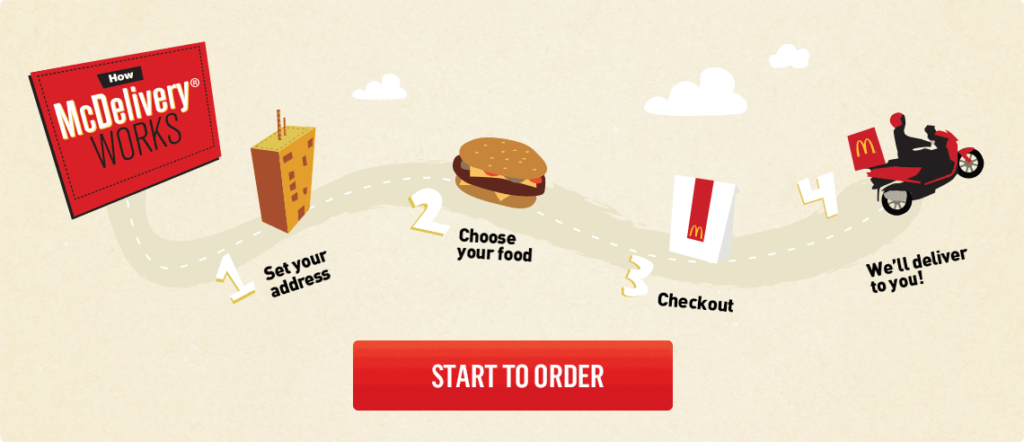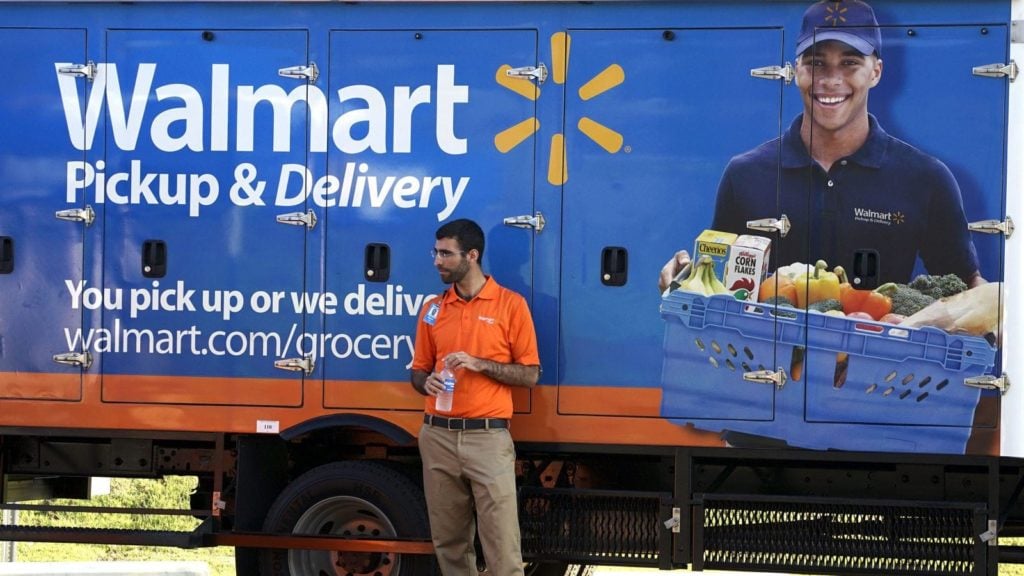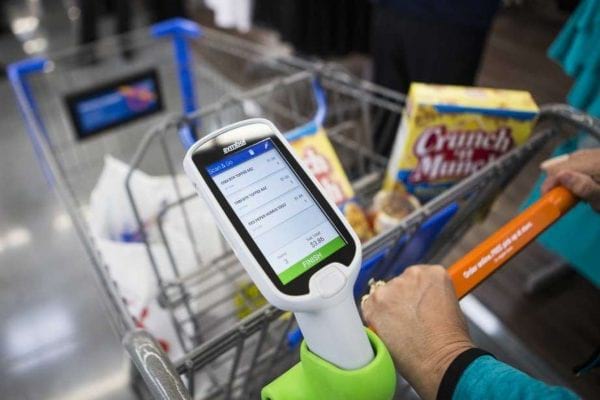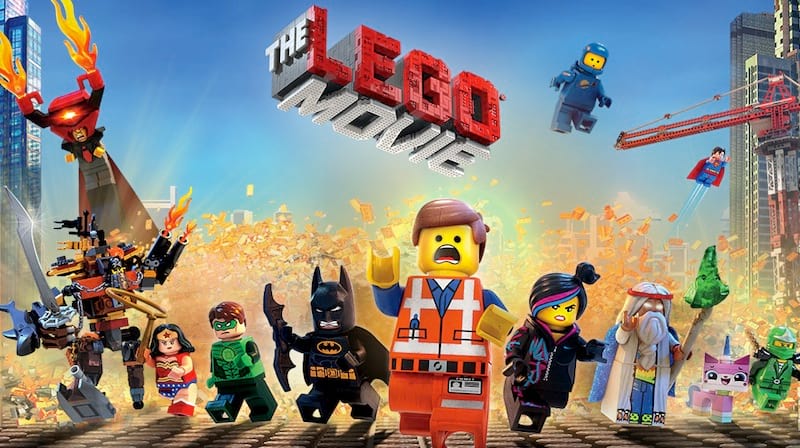Build Customer Connections with Experiences, not Products
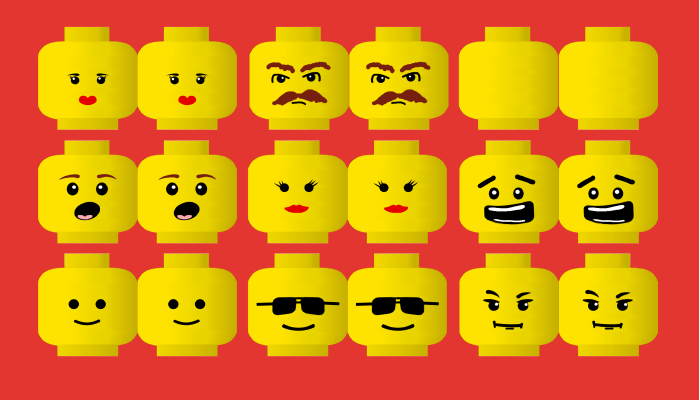
Brands have become obsessed with finding the secret to building customer connections and brand loyalty. Many of them tirelessly try to optimize their email timing, sale price, or product packaging. These are all small details that are part of a much bigger picture.
In order to develop a relationship with your customers, you need to deliver experiences that are unique and delightful. Brands who push the boundaries to create positive associations that go beyond the product are the ones who best please their customers.
McDonald’s, Walmart, and Lego have all demonstrated a relentless pursuit of not only customer satisfaction, but delight, which has kept them on top.
Learn all about how customer-led teams are aligning user needs with business goals in our free book!
McDonald’s
They’re lovin’ McWeddings
When Hong Kong government allowed weddings to take place in nonreligious venues, entrepreneurs jumped on this new business opportunity. McDonald’s quickly took advantage, and young couples have since been tying the knot with McWeddings. You can celebrate your special day with McDonald’s branded goody bags, an apple pie wedding cake and of course, a McDonald’s catered meal.
Takeaway: This unorthodox approach to creating unique experiences is what’s keeping Mcdonalds on top of the fast food kingdom. By moving their product beyond the lunch table and providing an experience like no other, they have associated themselves with the most important day in their customers’ lives. By refusing to be limited by their recipes, they expanded themselves to become an experience, not just meal.
Global Repositioning
McDonald’s took a new approach to global expansion as they set out to reposition and adjust to each new culture they joined. They understand that their brand holds different connotations everywhere they go, and they plan to listen and accommodate. Not only does this mean that their menu gets a makeover, it means the look and feel of McDonald’s locations changes as well. This has turned the fast-food chain into its own tourist destination that consumers are eager to experience as they travel.
Takeaway: McDonald’s recognizes the fluidity of brand and brand experiences, and adapts accordingly. McDonald’s’ attention to detail and ability to reposition itself in every location is a big advantage, as it demonstrates that they understand their customers and know how to cater to their needs.
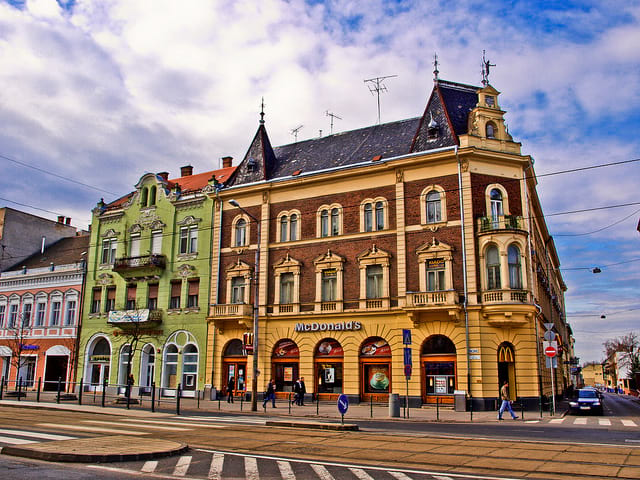

McDelivery: Because Fast Food isn’t Fast Enough
The introduction of McDelivery through the partnership with UberEats allows consumers to experience the brand in a whole new light. McDonald’s recognizes that its consumers have started to value convenience more than ever. This partnership also signifies their understanding of how and where their consumers shop.
The McDonald’s app is another channel the brand leverages in this digital era. They have been diving deeper into the concept of geofencing technology to further personalize the user experience. After ordering online, the stores are notified when you are nearby to ensure that food is always served fresh. The app also attempts to increase consumer loyalty as they offer exclusive deals and specials to mobile users.
In addition, in-store locations have piloted table service and easy order customization at their ordering kiosks to enhance personalization.
Takeaway: McDonald’s knows that they need to reach the customer where they spend the most time. Consumers have changed how they shop, so McDonald’s adapted. They need to make the process as frictionless as possible and are using technology to do so.
Walmart
Taking Big Blue Online
With more than half of Walmart’s sales coming from groceries, they have become America’s one-to-watch in the food and beverage retail sales with 17.3% of the total market. To stay on top, they have put more emphasis on their e-commerce channel, both conceptually and financially. The giant has now invested over $3 billion in this model. Their dedication towards this new wave in retail is further demonstrated by the decision to repurpose 10 Sam’s Club locations to become fulfillment centers for online orders.
Walmart has also launched Walmart and Penguin Pick Up locations, which is changing the way consumers buy groceries. This is their take on merging online and offline experiences into one, adhering to the demand for convenience. Not to mention that this is especially strategic in dense urban areas that don’t have a physical Walmart location.
Takeaway: Walmart demonstrates that traditional retailers must commit to developing and iterating their e-commerce channel to stay relevant. The fact is, e-commerce isn’t a trend, it is the new standard. Consumers are expecting the same immediacy, selection and level of customer service from on and offline channels.
Cut in Line With Scan & Go
Walmart has been rolling out their latest solution to long lines with Scan & Go. Consumers can pick up a portable scanner in stores to scan items before placing them in their carts. When they are done shopping, they simply bag their items and pay at the cashier or using the self-checkout. This is Walmart’s way of addressing their customers’ pain points and making their shopping experience as efficient as possible.
This new initiative is also coupled with their own Scan & Go app. The app allows shoppers to use the same Scan & Go technology on their phone with in-app payment options.
Takeaway: It’s easy to get blinded by all this talk of digital and to believe that it’s time to abandon all in person experiences together. But what this recent push from Walmart has demonstrated is the fact that they need to work together and deliver more efficient and frictionless experiences. It is important to recognize that consumers are not choosing online over offline, they are choosing what is providing them what they want, the medium is not the deciding factor.
Lego
Building Blocks Larger Than Life
Legoland rivals any playground in the neighborhood as it offers a complete out of the box experience for families. Kids can experience their toys in a completely new magnitude as they walk through towns built with Legos, watch how their favorite toys are made, and of course build their own creations. Some locations also double as amusement parks that feature roller coasters and water parks.
Takeaway: When the building blocks were first created, a future filled with roller coasters was probably not the plan. However, as the landscape changed, and remaining stagnant wasn’t an option anymore, they innovated. They studied their customers’ interaction with the brand to understood that their brand instilled excitement and playfulness into their consumers, just like amusement parks do. So, understand that if the only value you are providing to your consumers is the product itself, you will not create the emotional attachment needed for loyalty.
Lego Goes Hollywood
Since 2014, Lego has released 3 major motion pictures and currently have 2 more in production. This has lead to 3 video game releases and a total of 9 short films. These movies have inspired a TV show based on one of the characters and of course its own 4D attraction at their amusement parks. Not to mention their these cinematic and endeavors have been filled with a star-studded cast including Channing Tatum, Chris Pratt, and Morgan Freeman.
Lego also recently partnered with Tencent in their next push towards technology. They are in the works of creating more games and a social network children in China. The video streaming platform will provide Lego with a “video zone” for their customers, to extend the customer experience further.
Takeaway: This digital push has repositioned the brand to be a force to be reckoned with as it has gone beyond a triple threat. Once again, this move towards digital has allowed their consumers to experience their brand in another manner and fulfilled another form of entertainment. What Lego demonstrates is the power of scaling as a brand, rather than just a product.
Create experiences, not products
Some of the iterations and extensions of these companies may seem out of place and off-brand, but in the end, these experiences have created value for customers.
When you’re thinking of how you can enhance your brand’s customer experience, here’s what you need to keep in mind:
- Digital solutions empower brands to scale and move with the times
- Don’t give up on in-person experiences, find ways to improve them with technology
- Don’t let your product limit your brand
Header Image: Source


